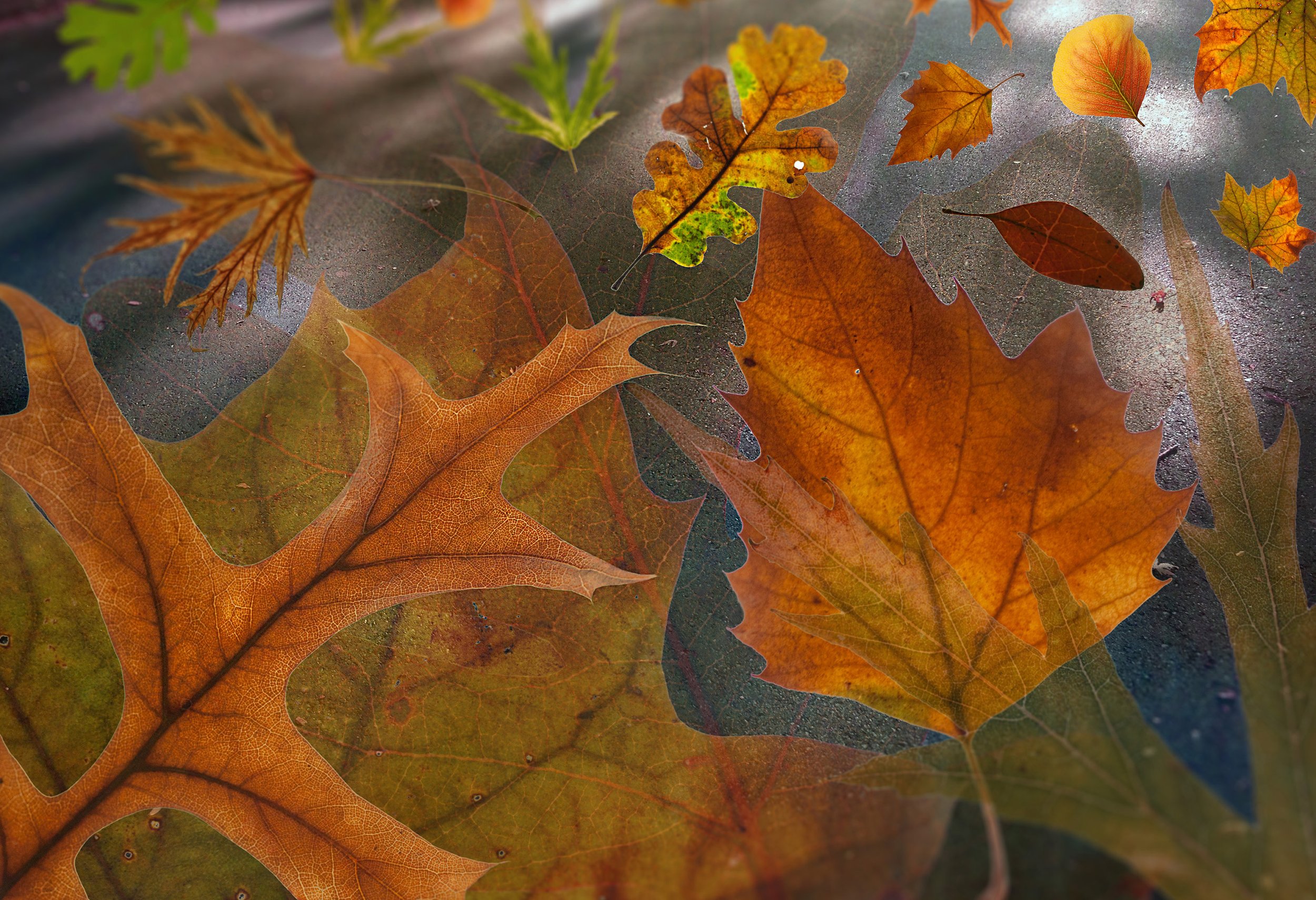Can I Plant in Fall in the Chicago Area?
Image by Robert Couse-Baker - CC BY 2.0
Yes, and you should!
While many people assume spring is the best (or only) time to plant, fall has several advantages that make it an ideal time to plant many perennials, including native plants, trees and shrubs.
Here’s why you should be planting from mid-August to mid-October in the Chicago area:
Cooler Air Temperatures
Soon after acclimating to their new growing conditions, spring plantings have to endure the summer’s heat and drought (which is getting worse thanks to climate change).
Plants added in the fall benefit from cooler, shorter days, allowing them to expand their root systems before going dormant for the winter. These plants are ready to shoot up the next spring, and are better prepared to survive the heat and drought of summer.
Warmer Soil Temperatures
In spring, the ground is still warming up from winter’s freezing temperatures. But in fall, months of summer sun means soil temperatures are ideal for root growth. In many cases, root growth will continue until soil temperatures drop below 40°F.
According to the Morton Arboretum, “When air temperatures are cooler than the soil, new root growth is encouraged without new top growth. The result is a stronger, better-developed root system for the next spring when the plant begins to grow.”
Less Watering
Fall’s cooler, shorter days help limit the amount of water plants lose through their leaves (a process known as transpiration). Also, many plants have slowed or stopped their above-ground growth as they prepare for winter dormancy and don’t need as much water. Factor in our generally robust fall rains and you’ll be reaching for the hose less often to support new plantings.
Fewer Weeds
Compared with spring and summer, there are far fewer weeds actively growing in fall. And while we are reconsidering traditional attitudes towards “weeds,” remember that new plantings are sites of fierce competition for water, light and nutrients. Fewer weeds in the area is always better when establishing new plants.
More Fall Planting Thoughts…
We recommend a fall planting season of mid-August to mid-October. The “normal” first fall freeze date is generally around the start of November in Chicago, but varies across the Chicago area because of the impact of Lake Michigan and the heat island effect. Plants may go dormant or continue to grow depending on the timing, length and severity of this first freeze, but generally you want to avoid planting too close to this date to give plants enough time to acclimate before dormancy.
Fall planting means access to plants that weren’t available in the spring. If you haven’t been to Christy Webber Farm & Garden since the spring, you’ve missed a lot of new plants that weren’t available in April and May—especially in our Native Plants department.
Check your plant’s individual needs. Some species are picky about when they go into the ground. While fall works well for many plants, some require specific timing to give them the best chance of survival. If you are thinking about investing in a tree, check out the City of Chicago’s Urban Tree Planting List for advice on selecting the right tree for your site, and the right season for planting it.

